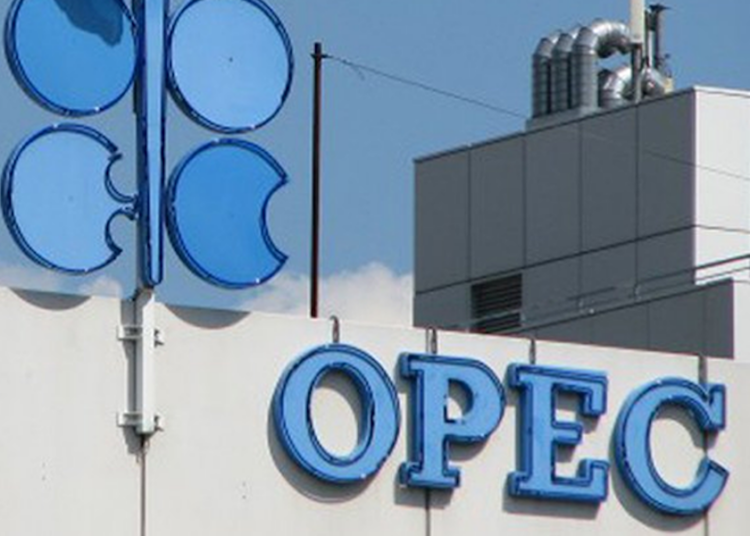Crude production output by the Organisation of Petroleum Exporting Countries(OPEC), in the month of April, fell by 440,000 barrels a day, even as the Nigerian production recorded a large fall in April, dropping by 100,000 b/d to 1.4 million b/d, the lowest since 1.28mn b/d in August 2023.
This left the country 100,000 b/d below its target of 1.5mn b/d.
The OPEC +crude output by members subject to cuts fell by that figure in April as Russia began implementing a fresh cut and Iraq and Kazakhstan curbed some of their overproduction.
This saw the group’s production fall to 34.11mn b/d, which was 140,000 b/d above quota, Argus estimates. Still, this was a marked improvement on the 230,000 b/d overproduction that it recorded in March.
The lower production has not provided much support to oil prices, which have shed $5-8/bl in the past month.
Several members of the alliance are implementing a new set of “voluntary” cuts that came into effect in January and, for now, run to the end of June.
What OPEC+decides to do beyond this will probably be decided at a ministerial meeting in Vienna on 1 June, although the likelihood of a rollover has grown as oil prices have fallen.
The big mover last month was Russia, whose output fell by 210,000 b/d to 9.29mn b/d.
The drop is related to Russia’s pledge to start phasing out an existing 500,000 b/d export cut commitment from April and replace it with a 471,000 b/d production cut by June. But the country remained 190,000 b/d above its new 9.1mn b/d target for April. And while the output fall shows Russia has made headway with its pledge to reduce production, sanctions on the country’s oil industry and Ukrainian attacks on its refineries could affect its crude output in the months ahead.
Iraq and Kazakhstan also reduced their output last month, while remaining well above target. Iraqi output fell by 40,000 b/d to 4.14mn b/d, mostly owing to lower crude use by the power sector. But this was still around 140,000 b/d above its target of 4mn b/d. Kazakhstan’s output fell by 40,000 b/d to 1.54mn b/d — the second month in a row that its output has fallen. But it was also still around 70,000 b/d above its target of 1.47mn b/d.
Iraq and Kazakhstan have each submitted plans to the OPEC+Joint Ministerial Monitoring Committee detailing how they intend to compensate for producing above target in the first four months of the year. As things stand, Iraq says it will produce 50,000 b/d below quota in May-September, 100,000 b/d below quota in October-November and 152,000 b/d below quota in December.
Kazakhstan’s compensation plan starts in May with an initial cut of 18,000 b/d below target.
It would then stick to its target in June and July before implementing a cut of 131,000 b/d in August, no cut in September, 299,000 b/d in October, 40,000 b/d in November and no cut again in December. The two countries’ plans are dependent on a final production figure for April from secondary sources — including Argus — and could be adjusted after it becomes available.
Production was relatively uneventful in the Mideast Gulf OPEC+ contingent.
Saudi Arabia’s output fell by 30,000 b/d to 8.97mn b/d, the UAE’s fell by 20,000 b/d to 2.93mn b/d, Kuwait’s dropped by 20,000 b/d, while Bahrain’s production increased by 30,000 b/d to 190,000 b/d. All four members were more or less within their targets.
Iran, which like Libya and Venezuela is not bound by production targets, boosted its output by another 20,000 b/d to 3.3mn b/d — the highest since October 2018.
The gains have come despite US sanctions and Washington’s attempts to crack down on the country’s oil trade.





